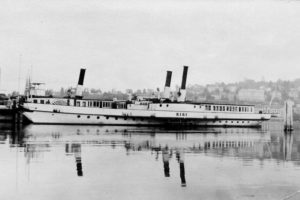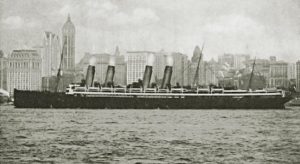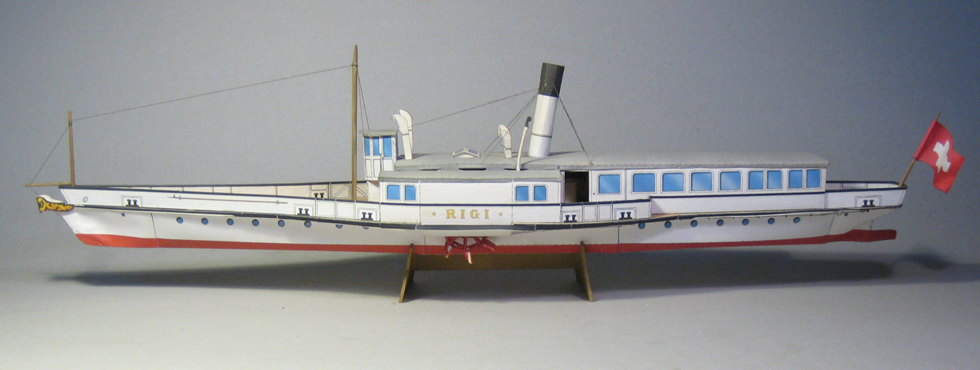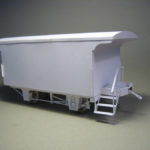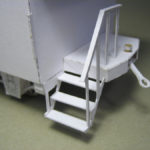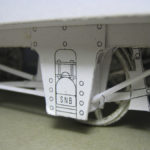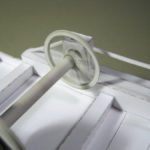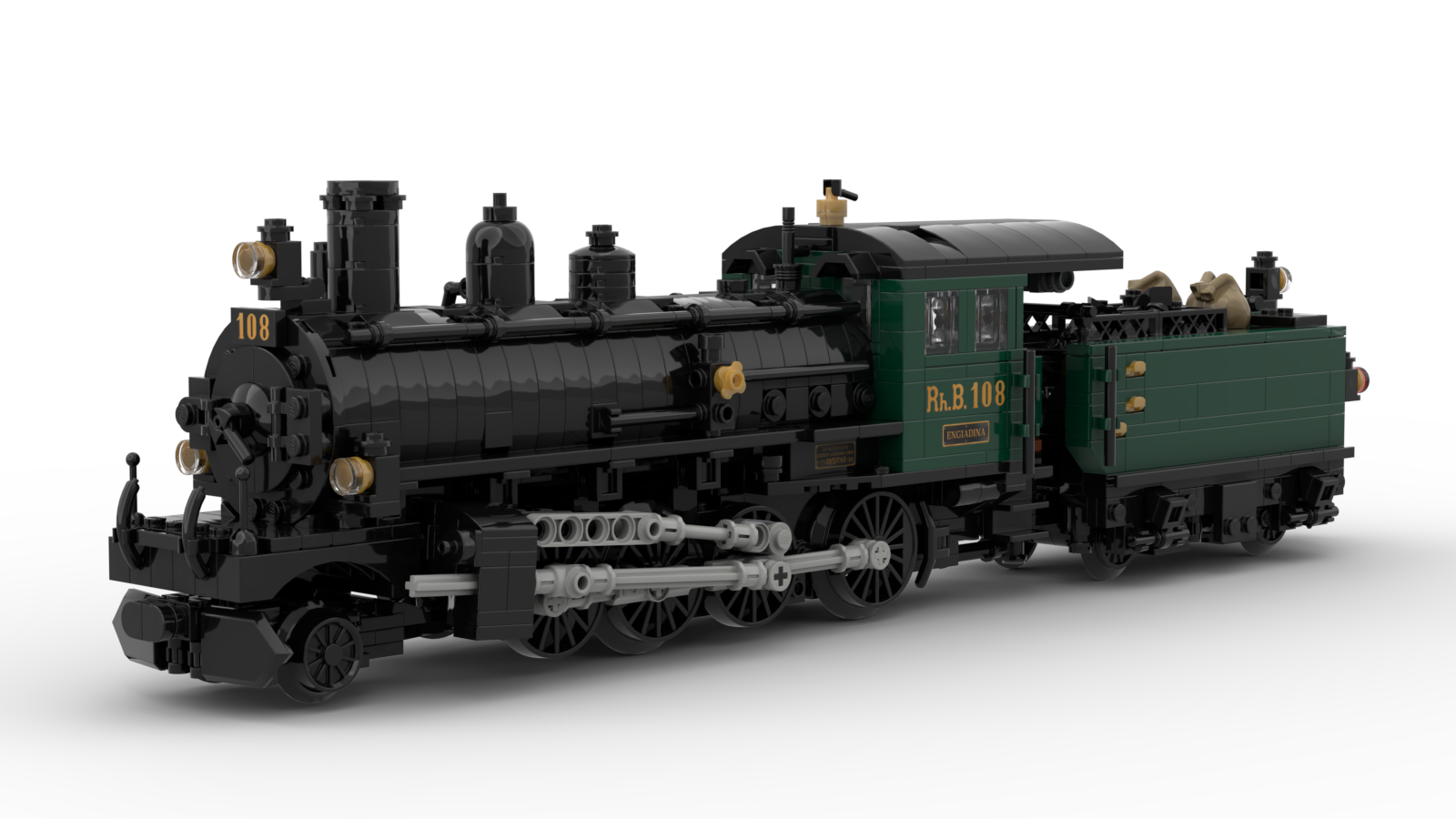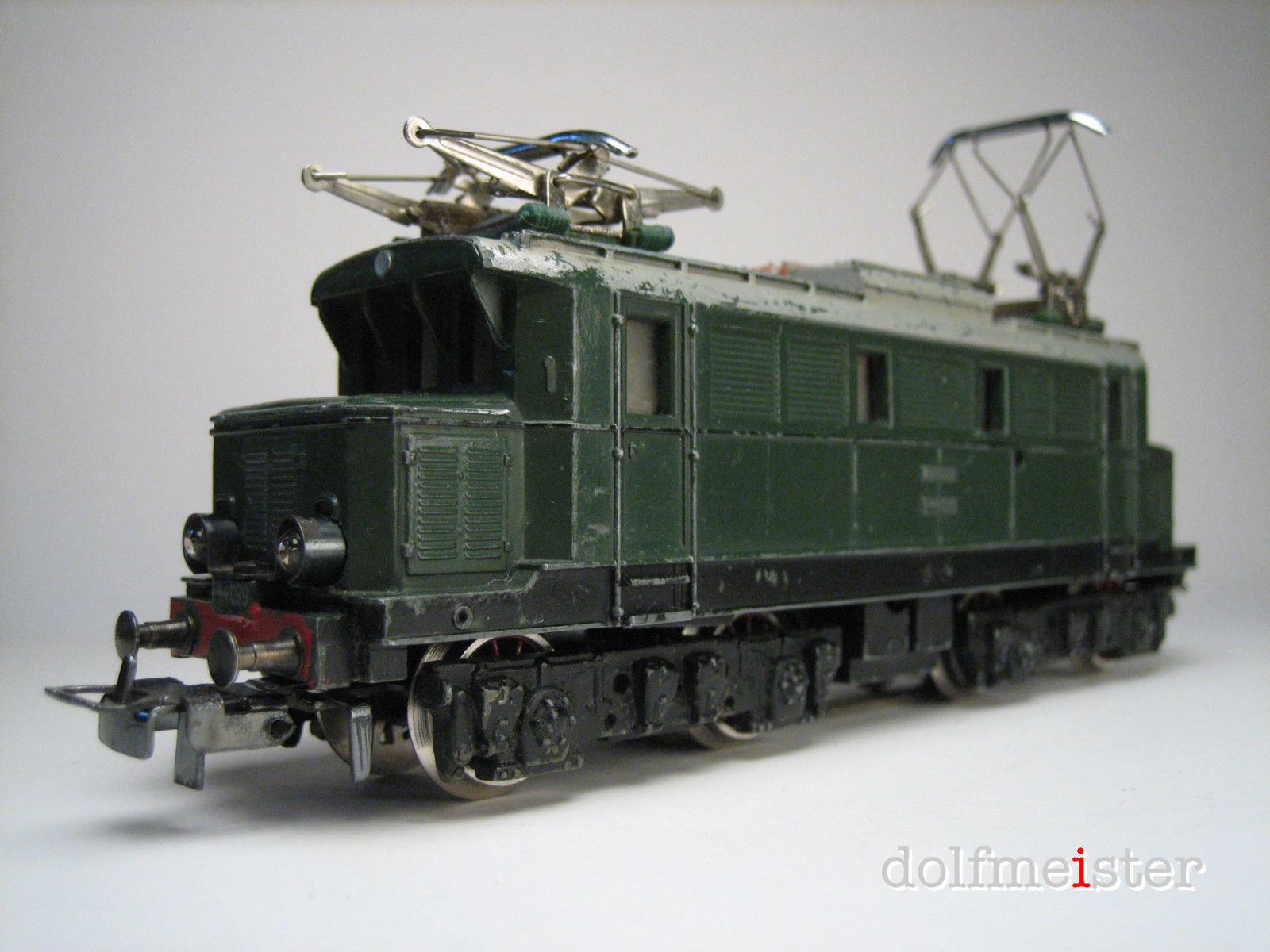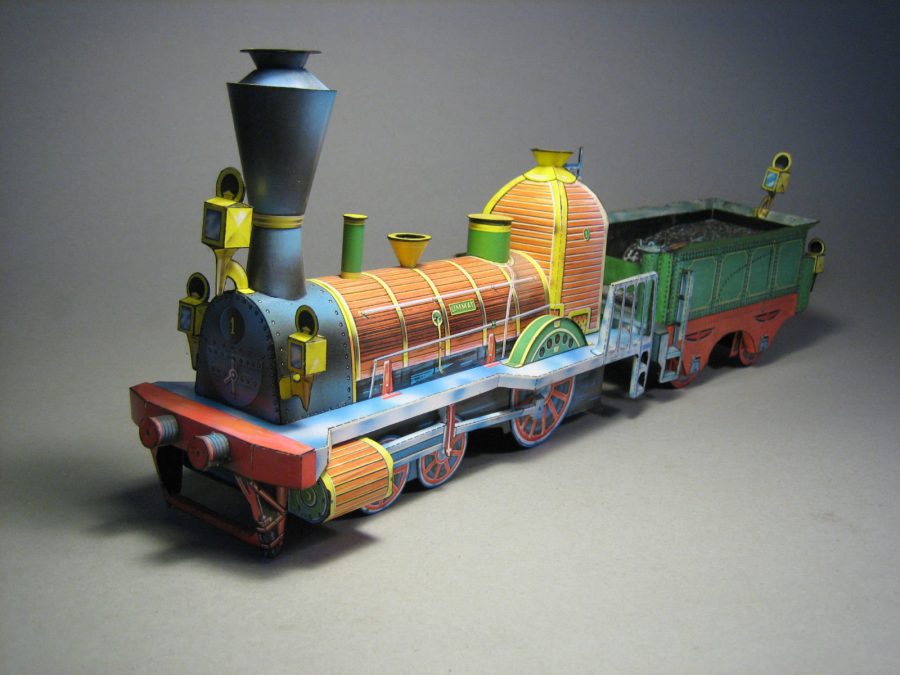…Paper Models
Paper models have a long, fascinating history, with everything from simple dress-up dolls to elaborately detailed models of ocean liners, buildings and just about anything you could think of, all made of printed paper and glue.
Constructed to check the fit of the parts, this is the groundwork before
detailed colour graphics are added.
In a rather strange way, making paper models has influenced me in my adult life; making clothing patterns is not unlike paper modelling. It’s a matter of turning a flat sheet into a three dimensional form using straight and curved edges, darts and seam allowances. to achieve the desired shape and stability. A lot of experimenting is necessary to design paper models
It’s a hobby that appeals to beginners, because it is cheap and requires little skill to construct a basic item, though highly detailed models are available for the advanced.
Basic tools include:
- scissors
- hobby knife and blades
- metal ruler
- awl or other blunt, pointy item for scoring folds
- pencil
- white glue and a paint brush
- clothes pegs, rubber bands and paper clips
- cloth for wiping up excess glue
other items that may be useful
- plastic set square with protractor
- coloured markers
- water colours or acrylic paints
- super glue
- hole punches and -cutters of various sizes
- dowels, tubes and spoons for rolling and shaping
- various weights of paper and cardboard for backing parts
There are a number of uncut paper models in my collection and these days, one would never touch a rare, out of print kit. Instead, the item can be scanned and printed out with ease. Some of the models that I have made are:

